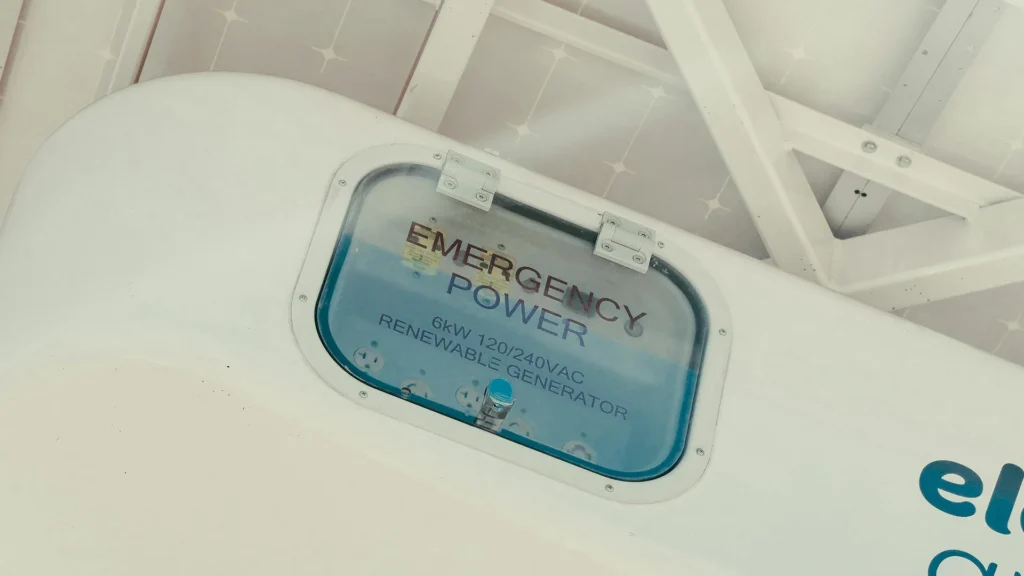|
Getting your Trinity Audio player ready...
|
Running an apparel business today is not simple. Executives face constant pressure from fast-changing trends, shifting supply chains, and rising costs. Every decision carries weight. A single delay or misstep can affect revenue, reputation, and growth.
This is why leaders search for tools that strip away clutter and give them a clear view. Simplified technology has become more than an aid. It is a cornerstone of modern business strategy.
Technology as a Control Center
Among the most valuable tools are systems that bring all operations under one roof. Robust apparel ERP software gives executives that control. It organizes data from design, sourcing, production, and sales.
Instead of chasing scattered reports, leaders see one reliable dashboard. They do not lose time to confusion or miscommunication. They can act fast with confidence. The system works like a central hub where every piece of the business comes together.
Turning Data Into Decisions
Information is only useful when it drives action. Old spreadsheets and endless emails often bury the most important signals. New technology highlights them. It shows what is selling, what is stalling, and what costs too much.
Executives use this clarity to adjust pricing, shift suppliers, or plan production differently. The right decision comes from seeing the right numbers. That is how strategy becomes sharper.
Building Leaner Operations
A bloated supply chain drains money and time. Simplified tech helps trim the excess. Systems track inventory in real time and flag inefficiencies. They prevent overproduction and reduce warehouse clutter. Executives see exactly what stock is available and where it sits.
This insight makes it easier to respond to demand without waste. A lean operation means lower costs and higher agility. It also creates a structure that adapts better when markets change without warning.
Speeding Up the Market Response
The fashion market moves at breakneck speed. A style that trends today may fade tomorrow. Executives cannot wait weeks to react. Simplified platforms shorten the cycle from design to delivery. Updates pass through the system instantly. Designers, manufacturers, and retailers stay aligned without delay.
This speed keeps businesses relevant. It turns opportunity into profit before competitors catch up. A rapid response also builds trust with consumers who now expect brands to act fast.
Strengthening Team Coordination
Even strong strategies fail if teams work in silos. Simplified technology breaks down those walls. Teams across locations share updates on the same platform. There is less confusion, fewer errors, and clearer accountability. Executives can see progress in real time. They can step in when needed or let teams work independently when things flow smoothly.
Coordination builds a stronger business culture as well. People feel more connected when they work on the same system. Collaboration replaces friction, and that makes companies more resilient. Adding employee recognition software can further strengthen this connection by celebrating teamwork and shared wins.
Empowering Creative Leaders
Executives do not want to spend all their time managing numbers. They also need space to lead with vision. Simplified technology frees that space. Systems take care of the details that once consumed hours of effort. Leaders shift focus toward creativity, branding, and long-term growth. They stop reacting to problems and start shaping opportunities.
That balance between structure and freedom defines modern leadership in fashion. With clear systems in place, executives can spend more time on partnerships, sustainability goals, and market expansion.
Staying Competitive in a Global Market
Fashion no longer plays on a local stage. Companies now operate across multiple countries with suppliers spread around the globe. This creates new layers of complexity. Simplified tech helps executives navigate that complexity. It makes international logistics more transparent. It keeps compliance records in one place. It shows how global factors affect costs in real time.
Leaders who rely on these insights make stronger choices and avoid costly mistakes. A global market demands sharper tools, and simplified systems provide them.
The Future of Executive Strategy
The path ahead will only grow more demanding. Global markets, sustainability rules, and digital expectations will raise the stakes. Executives who rely on old methods will fall behind. Those who embrace simplified technology will stay flexible and strong.
Tools like apparel ERP systems bring clarity, speed, and control. They turn complexity into manageable action. For today’s apparel leaders, this is not just a trend. It is the new standard for building a lasting business.
In Conclusion
Simplified technology has changed the way apparel executives plan and act. It gives them clearer insight, leaner systems, and faster reactions. It also frees time for creativity and leadership.
In a world where fashion never slows down, these tools are not optional. They are essential for growth and stability. The leaders who use them wisely will guide their companies through challenges and into future success.



